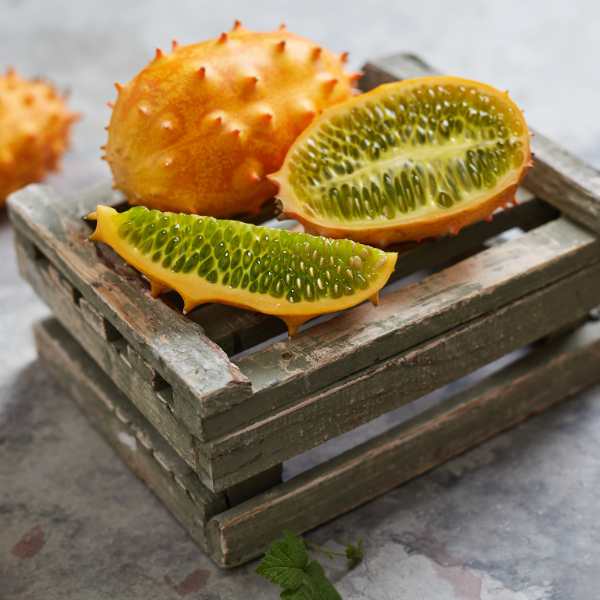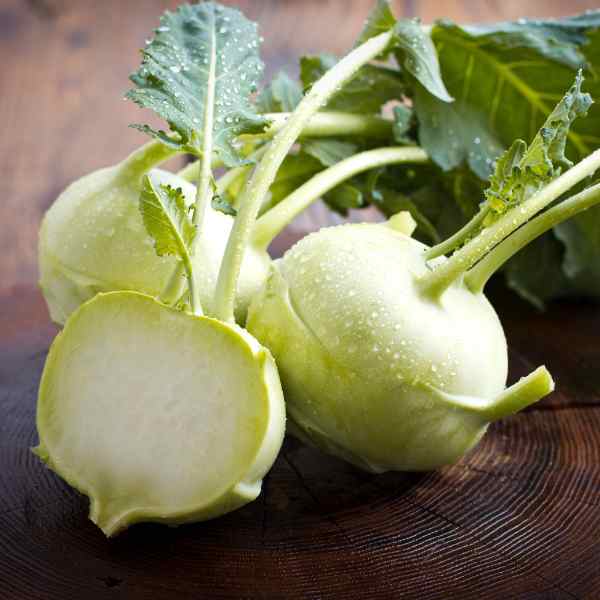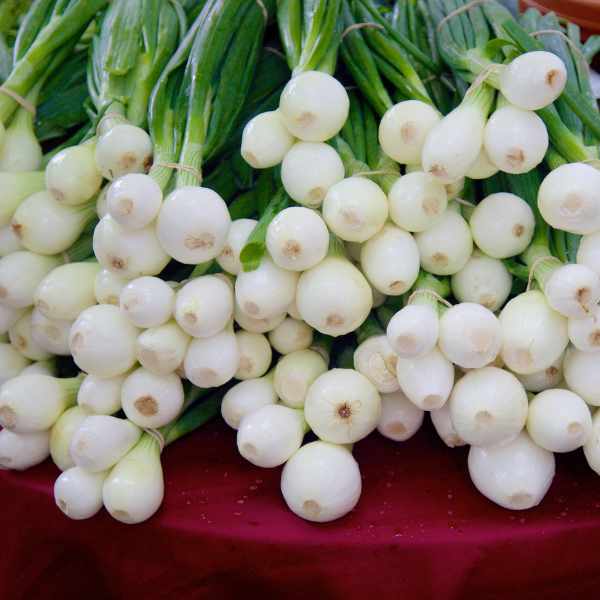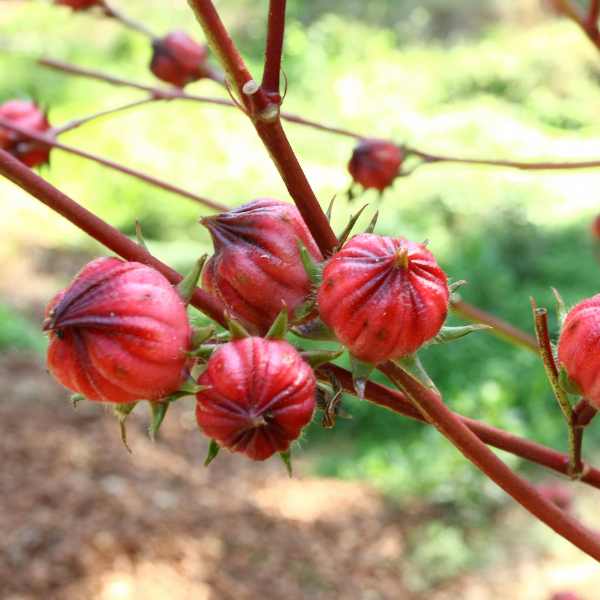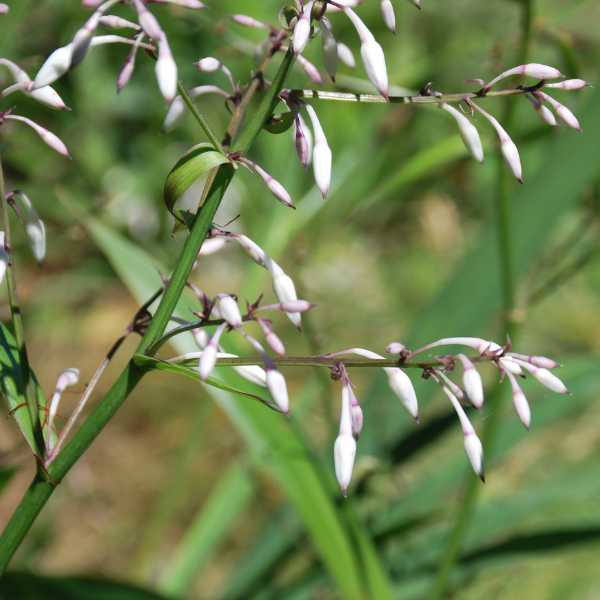How To Grow Sweet Peas
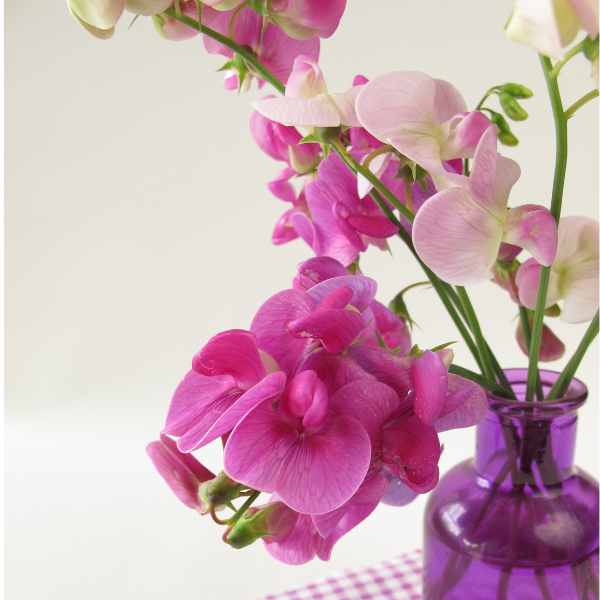
Growing Sweet Peas in Australia: A Gardener’s Guide to Winter Colour and Fragrance
Sweet peas, Lathyrus odoratus, have been a beloved staple in gardens for centuries, prized for their vibrant blooms, delicate fragrance, and versatility. For Australian gardeners, these winter flowering annuals offer a burst of colour during the cooler months, transforming fences, trellises, and even hanging baskets into cascades of purple, pink, red, and white. Whether you’re in frosty Tasmania or subtropical Brisbane, this guide will walk you through the essentials of growing sweet peas the no nonsense way.
Why Grow Sweet Peas?
Sweet peas aren’t just pretty faces. Their long stems and prolific blooms make them ideal for cut flowers, brightening kitchens and living spaces for weeks. They are surprisingly low maintenance once established and will attract pollinators into your garden whilst asking little in return—just sun, well drained soil, and a sturdy support to climb.
Australian Climate Considerations
Timing is everything with sweet peas. While St. Patrick’s Day (March 17) is traditional for sowing, Australia’s diverse climates demand flexibility:
Cooler regions (Tasmania, Victoria, Southern NSW): Sow from March to April.
Temperate zones (Perth, Adelaide, Sydney): Wait until April or May to avoid autumn heatwaves.
Subtropical areas (Brisbane, Northern NSW): Delay sowing until April or May when soils cool below 20°C.
In hot regions, soil temperatures above 25°C can cause seeds to rot. Use a soil thermometer—if it’s too warm, stash seeds in the fridge for a week to mimic winter conditions.
Position: Sun, Shade, and Drainage
Sweet peas thrive in full sun but appreciate afternoon shade in hotter zones. In Perth or Brisbane, plant them where they’ll bask in morning light but avoid scorching midday rays. Cooler climates like Melbourne tolerate all day sun.
Drainage is non negotiable. Soggy soil spells doom for seedlings. If your garden has heavy clay:
1. Raise beds 15–20 cm.
2. Mix in gypsum (1 kg per 5 sqm) to break up clay.
3. Add coarse sand or compost to improve texture.
Soil Prep: Building the Perfect Bed
Sweet peas prefer slightly alkaline soil (pH 7.0–7.5). Test your soil with a kit from the local nursery. To adjust acidity:
Add dolomite lime (1 cup per sqm) 4 weeks before planting.
For organic matter, work in composted cow manure (not fresh—it burns roots) or worm castings.
Fertiliser tips:
Skip high nitrogen feeds (e.g., chicken manure)—they encourage leaves, not blooms.
At planting, mix a handful of potash (rich in potassium) or wood ash per metre row to strengthen stems and boost flowers.
Planting: Seeds, Soaking, and Spacing
1. Soak seeds in warm water for 4 hours to soften hard coats. Some gardeners nick seeds with a file for faster germination.
2. Dig a trench 3 cm deep. Space seeds 5–7 cm apart—no need to crowd them.
3. Cover and firm soil gently. Resist watering until the top 1 cm dries out. Overwatering = rot.
Protect from pests: Sprinkle crushed eggshells or snail pellets around trenches to deter slugs and birds.
Support Structures: Keep It Simple
Tall varieties need support once they hit 10–15 cm. Try:
1. Bushy sticks (e.g., pruned gum tree branches) lashed into teepees.
2. Wire trellises secured to fences.
Dwarf varieties (e.g., Knee High) thrive in hanging baskets without support.
Train tendrils onto structures with garden twine. No need for fancy hardware—sweet peas cling naturally.
Ongoing Care: Water, Mulch, and Feed
Watering: Use a drip line or water at the base to keep foliage dry. Aim for moist (not wet) soil. In arid zones, mulch with pea straw to retain moisture.
Mulch: Apply a 5 cm layer of sugar cane mulch or lucerne after seedlings establish.
Feeding: Every 4 weeks, apply a seaweed solution or potassium rich liquid fertiliser.
Pests and Diseases: Stay Vigilant
Aphids: Blast off with a hose or spray with soapy water (1 tsp dish soap per litre).
Powdery mildew: Avoid overhead watering. Treat with milk spray (1 part milk to 10 parts water).
Mice/Birds: Cover seedlings with netting until they’re 10 cm tall.
Companion planting with garlic or marigolds can deter pests naturally.
Harvesting Flowers and Saving Seeds
For cut flowers:
Pick stems in the morning when blooms are half open.
Sear stems in boiling water for 10 seconds before placing in a vase—this prolongs their life.
Seed saving:
Let a few pods mature and turn brown on the vine.
Collect pods, dry indoors for 2 weeks, then shell and store in a paper envelope. Label with variety and date.
Heirloom sweet peas often produce seeds true to parent plants—perfect for sharing or replanting.
Final Tips from the Shed
Prune regularly: The more you pick, the more they flower. Stop picking in late spring to let seeds develop.
Rotate crops: Don’t plant sweet peas in the same spot yearly to prevent soil diseases.
Happy gardening—may your winter be bright and your vases overflow!


